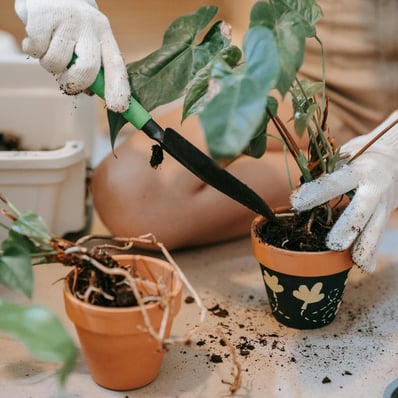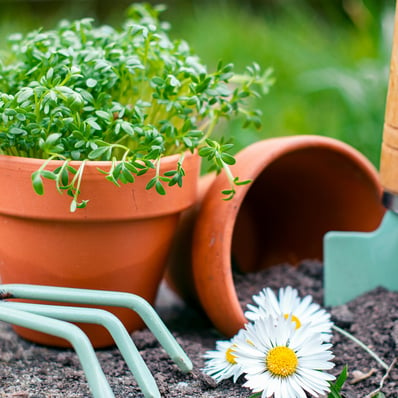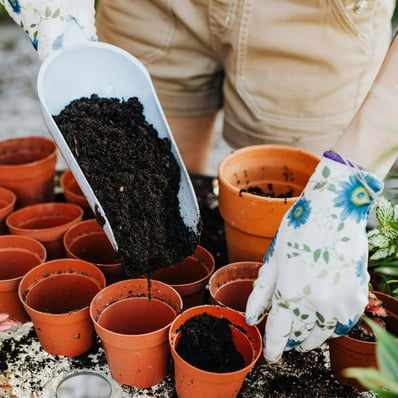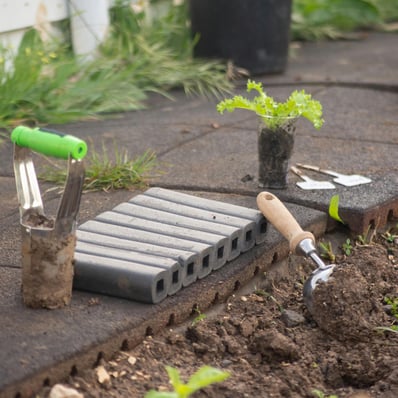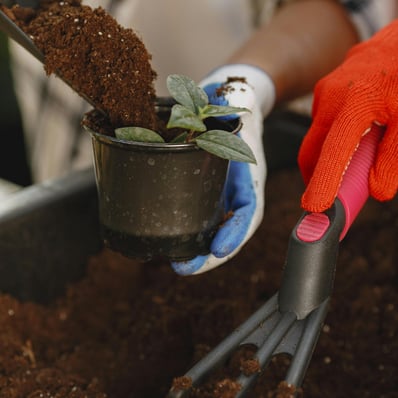Soil Tilling: Importance & Ways!!
2/29/20243 min read
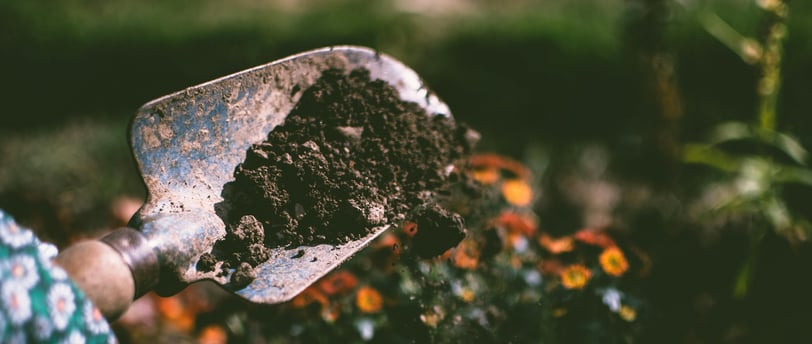

Introduction
Soil tilling is a fundamental practice in gardening that plays a pivotal role in nurturing healthy and vibrant plants. In this comprehensive guide, we will delve deep into the significance of soil tilling, exploring its benefits, techniques, and essential tips to achieve gardening success.
Understanding Soil Structure
Soil tilling involves breaking up and loosening the soil to improve its structure. This allows for better aeration, water drainage, and root penetration, creating an optimal environment for plant growth.
Tip: Exercise caution with soil tilling; too much can disrupt soil ecosystems and lead to nutrient loss.
Enhancing Nutrient Absorption
Tilling helps to distribute organic matter and nutrients evenly throughout the soil, making them more accessible to plant roots. This promotes healthy growth and robust development, resulting in stronger and more resilient plants.
Tip: Incorporate compost or aged manure into the soil before tilling to enrich its nutrient content naturally.
Preventing Soil Compaction
Compacted soil can restrict root growth and water infiltration, hindering plant health and productivity. Tilling helps to loosen compacted soil, reducing compaction and allowing roots to penetrate deeper into the ground.
Tip: Avoid tilling wet soil, as it can lead to further compaction and structural damage.
Improving Soil Drainage
Poor soil drainage can lead to water-logging and root rot, posing significant risks to plant health. Tilling facilitates better water infiltration and drainage, preventing waterlogged conditions and ensuring proper oxygen levels in the soil.
Tip: Consider incorporating organic matter such as per-lite or vermiculite to improve soil drainage and structure.
Weed Control
Tilling can effectively disrupt weed growth by uprooting weed seedlings and exposing them to sunlight, inhibiting their germination and growth. This helps to keep weed populations in check and reduces competition for nutrients and resources.
Tip: Monitor the soil regularly for weed regrowth and remove any emerging weeds promptly to prevent them from spreading.
Aerating the Soil
Aeration is essential for maintaining soil health, as it allows for the exchange of gases between the soil and the atmosphere. Tilling creates channels and pockets in the soil, facilitating air circulation and enhancing microbial activity.
Tip: Use a broad-fork or aeration tool to aerate the soil without disturbing its structure excessively.
Preparing Seedbeds
Tilling is often used to prepare seedbeds for planting, creating a loose and friable surface that is conducive to seed germination and root establishment. Properly tilled seedbeds promote uniform seedling emergence and enhance overall crop yields.
Tip: Wait until the soil has reached the right moisture content before tilling to avoid clumping and compaction.
Reducing Soil Erosion
Erosion can strip away valuable topsoil and nutrients, leading to soil degradation and loss of fertility. Tilling helps to stabilize the soil and reduce erosion by creating a protective layer and promoting vegetation cover.
Tip: Implement conservation practices such as contour tilling or cover cropping to minimize soil erosion and preserve soil health.
Facilitating Soil Testing and Amendment
Tilling provides an opportunity to assess soil conditions and make necessary amendments based on soil test results. By incorporating amendments such as lime or sulfur into the soil during tilling, gardeners can adjust pH levels and optimize nutrient availability for plant growth.
Tip: Follow recommended application rates and timings when adding soil amendments to avoid over-correction or nutrient imbalances.
Promoting Sustainable Gardening Practices
Incorporating soil tilling into gardening routines promotes sustainability by improving soil health, enhancing plant productivity, and reducing the reliance on synthetic fertilizers and pesticides.
Tip: Adopt mulching and composting practices to further enrich the soil and minimize the need for external inputs.
Conclusion
In conclusion, soil tilling is a fundamental aspect of gardening that offers a multitude of benefits for plant health and productivity. By understanding its vital role and implementing proper techniques, gardeners can create thriving gardens teeming with vitality and abundance. Embrace the art of soil tilling, and unlock the full potential of your gardening endeavors.
